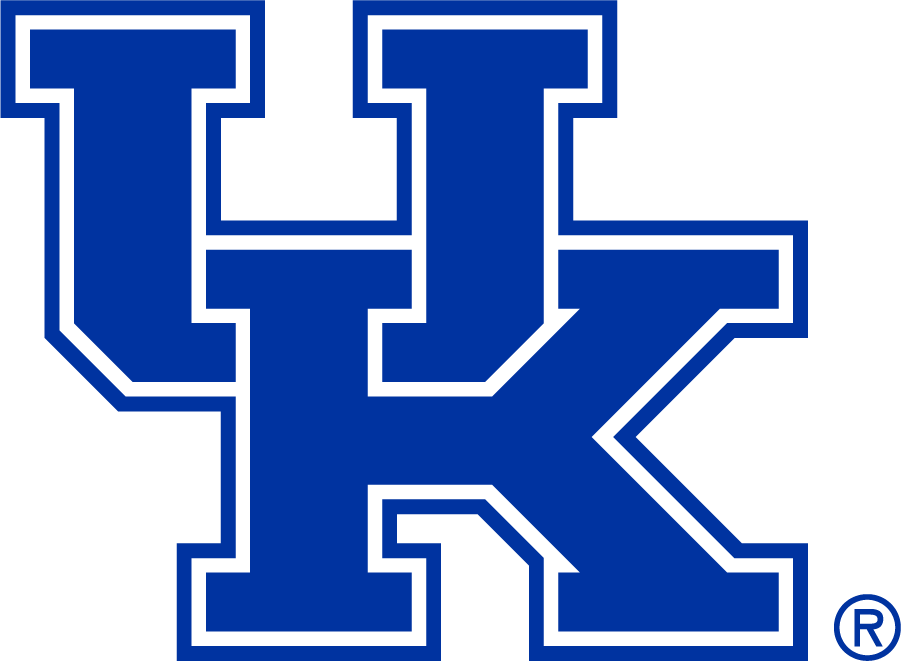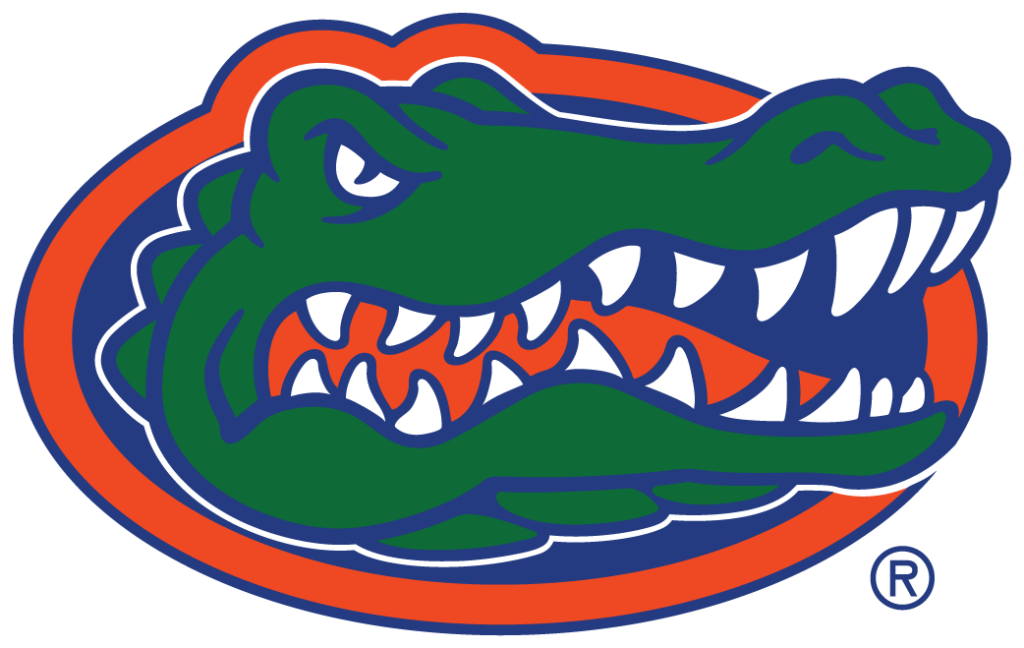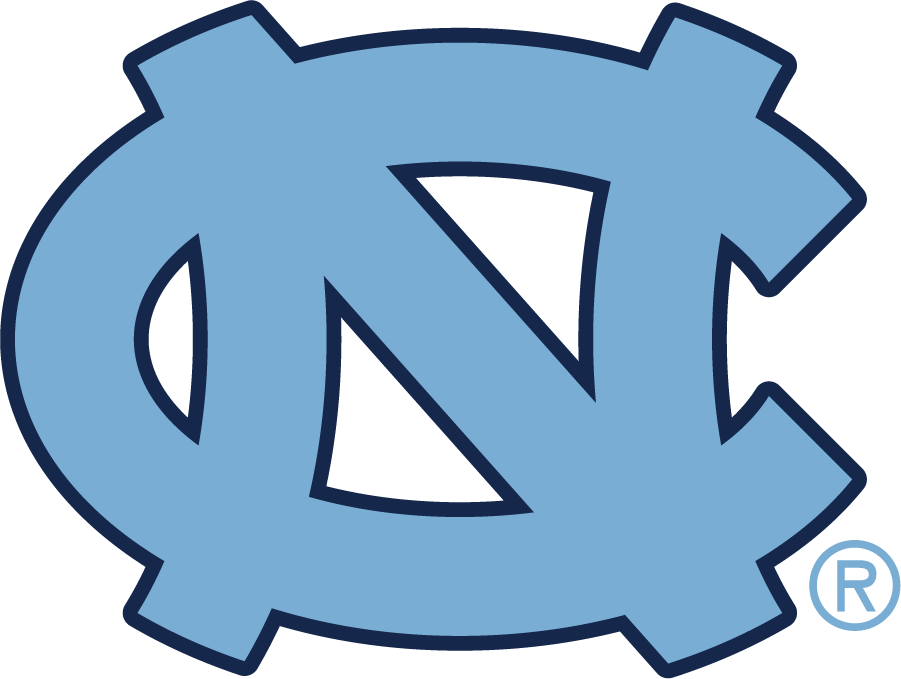The March Madness championship is one of the most anticipated basketball events of the year. Every single March Madness champion is significant in some way. This naturally means that each title lends itself to one champion not being more important than another champion. However, what if you throw that idea out of the window? Does a definitive ‘Greatest Champion of Men’s March Madness’ exist? Thats exactly what we are here to answer.
Important Information:
- Men’s basketball data was used exclusively during this analysis. We stuck to men’s basketball due to the wider range of data when compared to women’s basketball. Less data would mean less accurate averages, which isn’t what we want.
- This data was sourced exclusively from Sports Reference. Averages were taken by us.
- This data spans from 1993-2025. The ‘rankings’ given by our source are cut out from the 1992 teams, hence why we made this decision.
- The split of ORB and DRB is cut out from 1993 to 1996. This was taken into account when taking averages.
Framework:
Every champion is given two rows and a color (purely for ease of separation). Row one consists of every relevant team stat. Row two contains relative rank in that stat compared against every other team during that season. They were also given an average rank score, calculated by us. This would simply take all the ranks for a given champion and average them.
Almost every single champion’s average rank was brought down significantly by their turnover and personal foul rank. You could argue that the importance of a stat must be why these are ignored. However, something like blocks, for example, generally doesn’t have anything to do with the performance of a team. We ignored them simply for how incredibly far they stray from the mean rank. Personal fouls were over three standard deviations away from the mean. Turnovers were just barely under three standard deviations away but were still left out anyway.
Stat Overview
The mean of every data point was the following: (Stat: stat average and stat rank average among all champions)
- Field Goals: 1103.8 | 4.1
- Field Goal Attempts: 2296.3 | 5.4
- Field Goal Percentage 48.1% | 35.3
- 2-Point Field Goals: 827.2 | 9.1
- 2-Point Field Goal Attempts: 1560.9 | 17.8
- 2-Point Field Goal Percentage: 53.15% | 51.5
- 3-Point Field Goals: 276.6 | 46.1
- 3-Point Field Goal Attempts: 735.4 | 58.3
- 3-Point Field Goal Percentage: 37.54% | 65
- Free Throws: 607.8 | 19.7
- Free Throw Attempts: 845 | 25.6
- Free Throw Percentage: 72.03% | 93.6
- Offensive Rebounds: 488.4 | 26
- Defensive Rebounds: 1003.6 | 7.1
- Total Rebounds: 1487.1 | 6.3
- Assists: 632.4 | 8.5
- Steals: 301.4 | 32.4
- Blocks: 183.4 | 28.3
- Turnovers: 490.8 | 265
- Personal Fouls: 652.9 | 283
- Points: 3092.1 | 3.8
Generally speaking, knowing these data points is helpful, but doesn’t give us any coherent idea about what makes a March Madness champion.
The BIG Seven:
Points, Assists, Total Rebounds, Defensive Rebounds, 2-Point Field Goals, Field Goal Attempts, Field Goals. All of these stats have one thing in common. The average champion should be top ten in all of these categories. Our most recent NCAA champion, Florida, hits this ‘goal’ with 1st, 7th, 1st, 2nd, 6th, 1st, and 1st place, respectively.
Champion Average Analysis
A champion’s average rank was used for all of our conclusions. The overall average rank, the average of the averages, was 28.75. Most given champion’s stats, besides our two excluded columns, should be somewhere around this number. However, the real importance of this data set lies outside of this number.
Average Champion Rank
There are two ways to look at this data.
First, focusing on the champions with the highest average rank.
- 1996 Kentucky, with an average rank of 9.47 (doesn’t have ORB or DRB)
- 2006 Florida, with an average rank of 9.58
- 2005 UNC, with an average rank of 9.89



These champions all have an extremely high average rank. Fourth and fifth place fall two and three points behind third place at 12.05 and 12.95, respectively. These teams have the best stats relative to the other teams in their given year. In a hypothetical champion ‘battle royale’, we would expect these teams to win.
Second, is focusing instead on the opposite end of the data, the champions with the lowest average rank.
- 2019 Virginia, with an average rank of 76.16
- 1995 UCLA, with an average rank of 52.06 (doesn’t have ORB or DRB)
- 2011 UConn, with an average rank of 47.37



These champions all have a low average rank. Virginia is responsible for the biggest gap in rank by a considerable margin. Looking at these champions paints a different sort of picture. These teams all ‘beat the odds’ despite their lackluster statistics. These champions didn’t need to be the best, statistically speaking.
Both perspectives could be framed in a way that gives either an edge over the title ‘The Statistically Greatest Champion’. Virginia conquered all odds, while Kentucky dominated with its impressive stat spread.
Please share your thoughts and opinions. Did we make the right call?
Curious about our dataset? Message thefastbreakstats@gmail.com if interested.
-The FastBreakStatsBlog

Leave a Reply